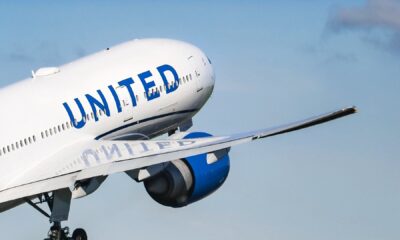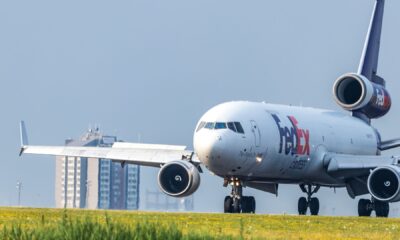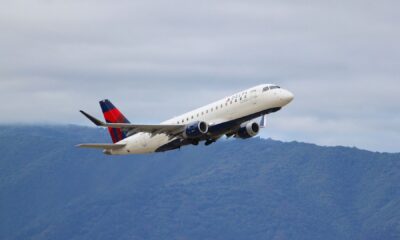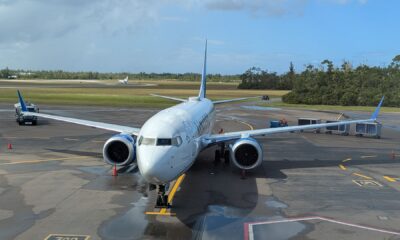World
United Airlines Expands Fleet to Over 1,000 Aircraft in 2025
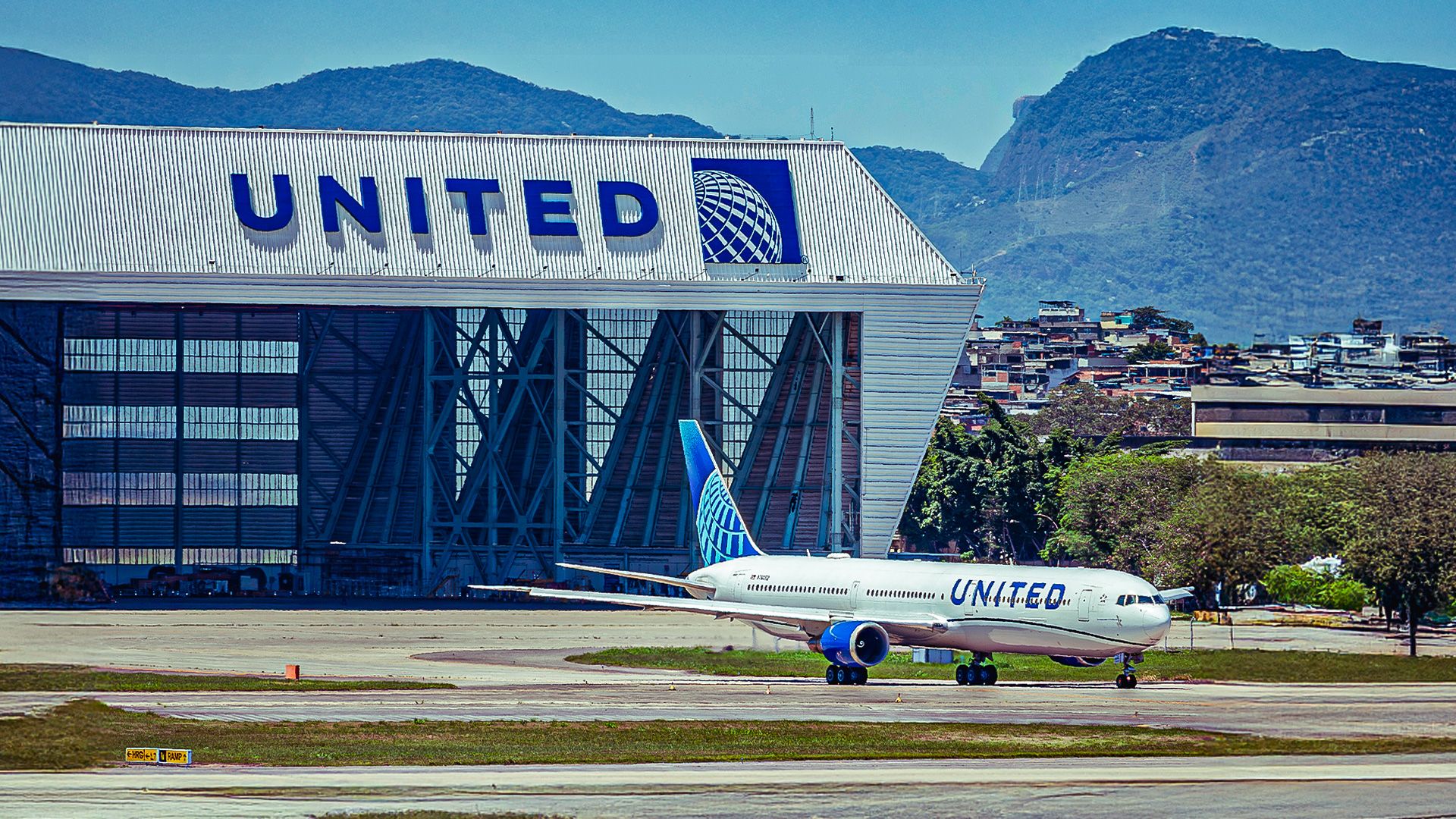
United Airlines has reached a significant milestone in its fleet expansion, surpassing the landmark of 1,000 aircraft as of January 2025. According to data from ch-aviation, the airline now operates a total of **1,052** mainline commercial passenger aircraft. This growth comes despite the retirement of some older models earlier this year, highlighting United’s commitment to modernizing its fleet.
The diversity of United Airlines’ aircraft is notable, encompassing a mix of both **Airbus** and **Boeing** models. While the airline’s widebody operations are exclusively from Boeing, its narrowbody fleet includes both manufacturers. As it stands, the airline continues to rely heavily on the Boeing family of aircraft, which includes the **767**, **777**, and **787** series.
Boeing Widebody Operations
United Airlines has a substantial number of widebody aircraft in its fleet, primarily from the Boeing production line. Its widebody operations feature three key families: the **Boeing 767**, **777**, and **787**. The 767s, among the oldest in the fleet, include **37** 767-300ERs and **16** 767-400ERs, which average **29.6** and **24.1** years old, respectively. The **777** family also shows aging trends, with **19** 777-200s averaging **28.6** years and **55** 777-200ERs at **25.6** years.
In contrast, the **777-300ER** variant is relatively younger, with an average age of just **7.8** years. The **787** series, specifically the **787-9** and **787-10**, have mean ages of **6.7** and **5.3** years, respectively. United has plans for upgrading the interiors of certain **787-9** jets, indicating a focus on enhancing passenger experience. The airline stated, “We already deliver a superior international experience and fly to the most places across the Atlantic and Pacific – these new innovations provide a more premium experience overall, give customers even more reasons to choose United, and set our airline up to grow into the next decade and beyond.”
Airbus and Boeing Narrowbody Fleets
United Airlines’ narrowbody operations are dominated by the Airbus A320 family, which includes both **A320ceo** and **A320neo** variants. The airline currently operates **46** stretched-fuselage A321neos and has orders for an additional **206**, including **50** A321XLRs. The A320ceo family, which is over **20** years old on average, comprises **81** A319-100 jets averaging **24** years. The standard A320-200 model, of which United has **73**, averages **25.8** years and has a configuration of **12** first-class and **138** economy seats.
On the Boeing side, United Airlines remains a prominent player with its **737** series. The **757** series is iconic for the airline, featuring **40** 757-200s and **21** 757-300s, which average **28.7** and **23.2** years old, respectively. The **737NG** family is diverse, with **40** 737-700s, **141** 737-800s, **12** 737-900s, and **136** 737-900ERs. The average ages of these aircraft vary, with the 737-900ER being the newest at **12.68** years.
Looking to the future, the **737 MAX** family is set to play a crucial role in United Airlines’ operations. The airline currently has **111** MAX 9 aircraft, with an average age of **3** years, and an additional **112** units on order. Additionally, United operates **123** examples of the **737 MAX 8**, which average **2.8** years old but has no further orders for this variant.
As United Airlines continues to expand and modernize its fleet, it positions itself strongly within the competitive landscape of global aviation, ensuring it meets the demands of modern travel while enhancing the passenger experience.
-

 Politics4 weeks ago
Politics4 weeks agoSecwepemc First Nation Seeks Aboriginal Title Over Kamloops Area
-

 World5 months ago
World5 months agoScientists Unearth Ancient Antarctic Ice to Unlock Climate Secrets
-

 Entertainment5 months ago
Entertainment5 months agoTrump and McCormick to Announce $70 Billion Energy Investments
-

 Science5 months ago
Science5 months agoFour Astronauts Return to Earth After International Space Station Mission
-

 Lifestyle5 months ago
Lifestyle5 months agoTransLink Launches Food Truck Program to Boost Revenue in Vancouver
-

 Technology3 months ago
Technology3 months agoApple Notes Enhances Functionality with Markdown Support in macOS 26
-

 Lifestyle3 months ago
Lifestyle3 months agoManitoba’s Burger Champion Shines Again Amid Dining Innovations
-

 Top Stories2 months ago
Top Stories2 months agoUrgent Update: Fatal Crash on Highway 99 Claims Life of Pitt Meadows Man
-

 Politics4 months ago
Politics4 months agoUkrainian Tennis Star Elina Svitolina Faces Death Threats Online
-

 Sports5 months ago
Sports5 months agoSearch Underway for Missing Hunter Amid Hokkaido Bear Emergency
-

 Politics5 months ago
Politics5 months agoCarney Engages First Nations Leaders at Development Law Summit
-

 Technology5 months ago
Technology5 months agoFrosthaven Launches Early Access on July 31, 2025

